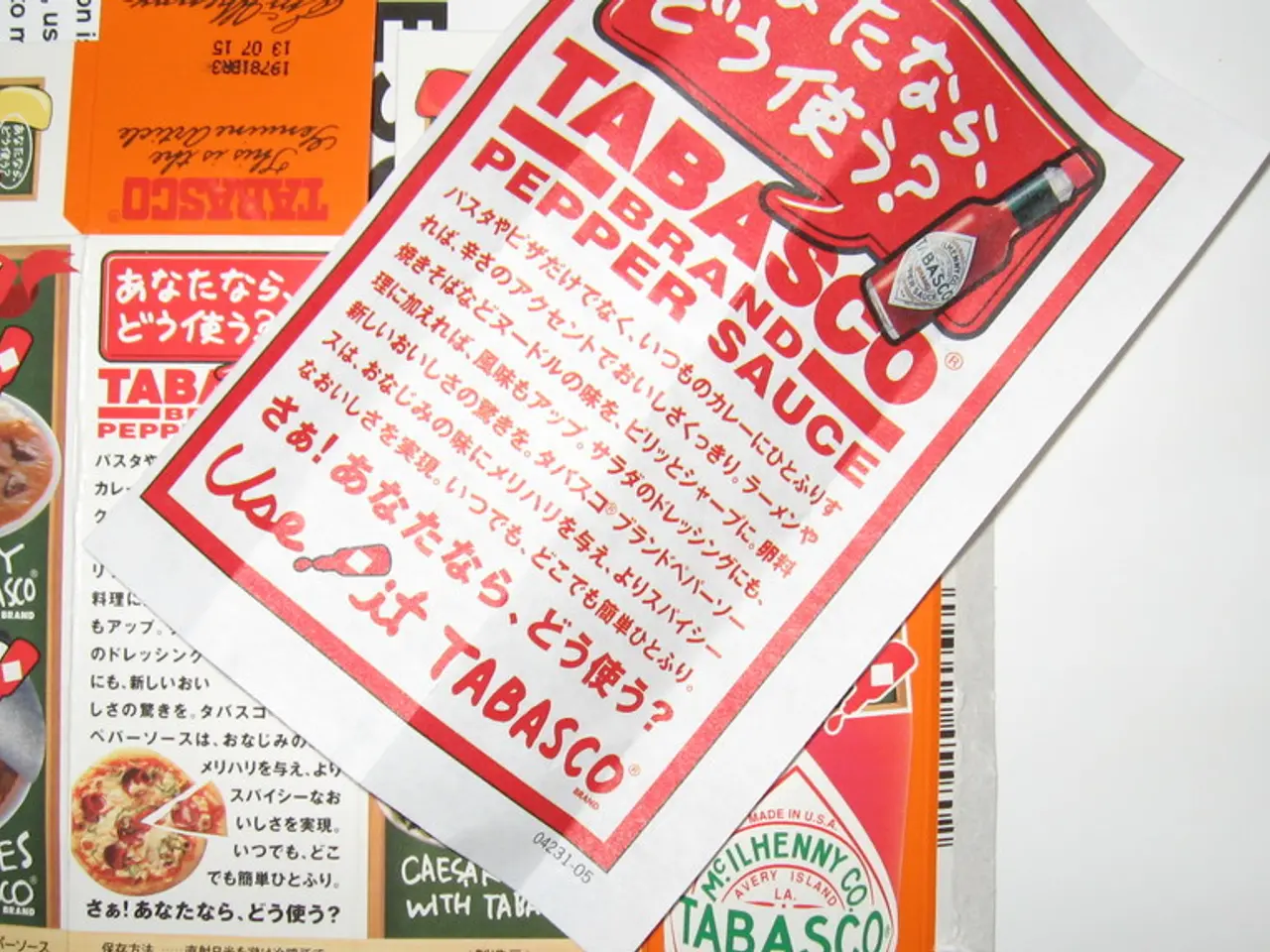High-Yield Chilli from Karnataka: Red Gold Offers Low Heat and High Profits!
Published on: 30 May 2025, 14:17 IST
In a significant development for the agricultural sector, the Byadagi Kaddi chilli variety has demonstrated superior seed yield and growth characteristics over the Dyavanur local variety. This finding, which could have far-reaching implications for farmers and the industry, is attributed to several agronomic, genetic, and physiological factors.
The Byadagi Kaddi variety, a staple in South Indian cuisine, is renowned for its use in dishes such as Bisi Bele Bath, Sambar, Chutneys, Udupi-style curries, and meat preparations. The superior growth and yield performance of the Byadagi Kaddi variety can be attributed to its enhanced genetic potential, better disease resistance, vigorous vegetative growth, early maturity, larger fruit size and higher weight, higher number of fruits per plant, better fruit retention, adaptability to local agro-climatic conditions, efficient nutrient use, improved response to fertilizers and irrigation, suitability for modern cultivation practices, superior quality attributes, and market preference.
Genetically, the Byadagi Kaddi variety is often the result of selective breeding aimed at improving yield attributes. It possesses superior genetic traits for fruit size, number, and quality. In terms of disease resistance, it may have better tolerance to common pests and diseases affecting chilli cultivation, leading to healthier plants and reduced losses.
Byadagi Kaddi typically exhibits better vegetative vigor, leading to a larger canopy and increased photosynthetic capacity. This variety often matures earlier than the Dyavanur local, allowing a longer reproductive phase or multiple harvests within a season. The Byadagi Kaddi fruits tend to be larger and heavier, contributing directly to higher yield. Improved flowering and fruit set lead to more fruits per plant, and reduced fruit drop compared to local varieties increases marketable yield.
The Byadagi Kaddi variety is more tolerant to environmental stresses such as drought, temperature fluctuations, and soil variability. This variety may have a more efficient nutrient uptake and utilization pattern, enhancing growth and yield. Byadagi Kaddi produces better yields under optimized fertilizer and water management practices and is more responsive to spacing, staking, pruning, and pest management techniques.
The Byadagi Kaddi variety is preferred for its better color, pungency, and flavor, which may motivate farmers to adopt better cultivation and harvesting practices, indirectly contributing to better yield. The unique position of Byadagi chilli in both culinary and industrial applications is further highlighted by its use in the cosmetic industry, where an oil called oleoresin is extracted from Byadagi chilli pods and used in lipsticks and nail polish.
However, the rising demand for cheaper and spicier chilli varieties has led to a decline in Byadagi chilli prices, impacting farmers' profitability. Byadaghi chillies attract traders from Karnataka and Andhra Pradesh due to transparent pricing and immediate payment systems. Among cultivation locations, Dharwad showed the highest productivity in terms of fruit yield, seed yield, and overall quality for the Byadagi Kaddi variety.
Byadagi chilli received a Geographical Indication (GI) tag (GI-129) in 2011. Byadagi chilli is a distinctive variety of chilli cultivated predominantly in the Indian state of Karnataka, particularly around the town of Byadagi in the Haveri district. Approximately 50 litres of oleoresin can be derived from one tonne of Byadagi chillies. Despite competition from more pungent varieties, the rich color, low spiciness, and versatility of Byadagi chilli keep it in demand across multiple industries.
In conclusion, the superior growth and yield performance of the Byadagi Kaddi variety over the Dyavanur local chilli variety results from its genetically enhanced traits, better adaptability, improved fruit characteristics, and its responsiveness to modern agronomic practices. These collectively contribute to higher productivity and economic returns for farmers cultivating Byadagi chilli.
- The Byadagi Kaddi variety, appearing in South Indian food-and-drink, offers a unique advantage to farmers in the industry due to its improved financial yields, thanks to its enhanced genetic potential, better disease resistance, and adaptability to local conditions.
- As a result of being renowned for its quality attributes in culinary and industrial applications, the Byadagi Kaddi chilli variety has extended its reach beyond the lifestyle sector, with its oleoresin oil used in the finance-driven cosmetics industry in the production of lipsticks and nail polish.




